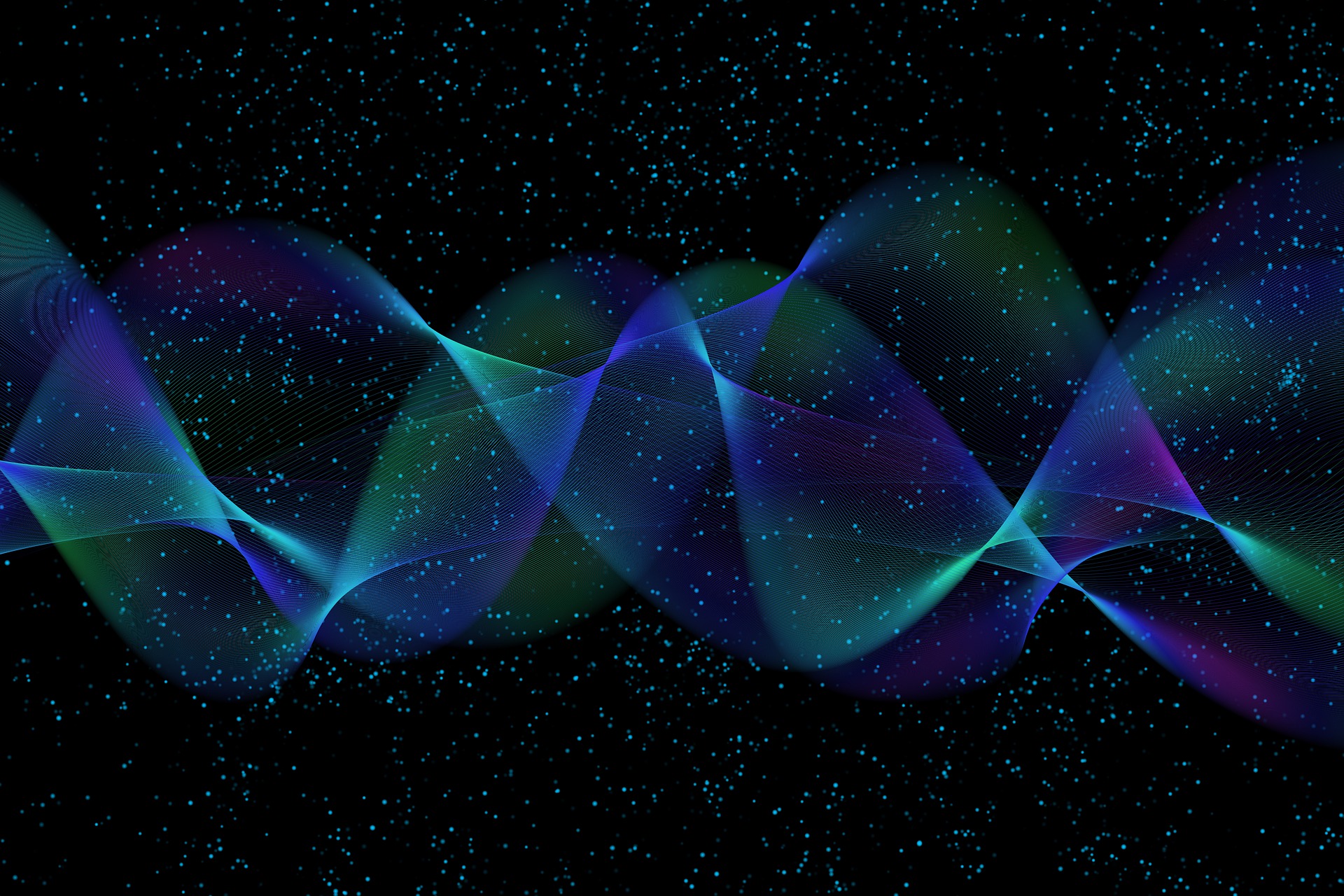QM Basics 2 : Particle/Wave Duality and Uncertainty
<< Dallas TX, DEC 22 2023 >> << Re Factored on DEC 19 2024 >> Particle/Wave Duality Understanding quantum mechanics (QM) requires grappling with three fundamental principles: Wave Behavior: Waves are essential for describing the behavior of particles. Quantization: Some subatomic particles exhibit discrete, or "quantized," properties. Inherent Uncertainty: Uncertainty is built into the nature of very small particles. The Dual-Slit Experiment Many of QM’s mysteries have been uncovered through the famous Dual-Slit Experiment. This relatively simple experiment demonstrates key properties of particles, particularly their wave-like behavior. A detailed explanation of the experiment is beyond the scope of this article, but it highlights that subatomic particles, such as electrons, exhibit wave-like patterns, even though they are discrete entities with mass. Importantly, particles do not "transform" into waves or back into particles. Instead, their properties—such as position, energy levels, and momentum—often display wave-like characteristics. Waves are a powerful mathematical tool used to describe this behavior, as seen in Schrödinger's groundbreaking equation. Waves and Probability The Schrödinger equation helps predict where a particle, such as an electron, is most likely to be found. However, it doesn’t pinpoint an exact location. Instead, it offers probabilities for finding the electron in different locations. For example: Sampling a particle’s position repeatedly generates a distribution, such as: 300 instances at point A 400 instances at point B 300 instances at point C This statistical predictability resembles real-world phenomena, such as a baseball player’s batting average. You cannot predict the outcome of a single at-bat, but over many attempts, the pattern becomes clear. The wave-like nature of a particle arises in its Probability Density Wave, which is derived from the data. These waves are not physical waves, like those at a beach, but a representation of probabilities oscillating over time. Wave Interference Just as ocean waves combine to form larger crests or cancel each other out, wave interference also applies to the probability density waves of particles: Constructive interference: Waves align their peaks or troughs, creating larger combined effects. Destructive interference: Peaks and troughs cancel out, leading to smaller combined effects. This phenomenon is mathematically described using techniques such as Fourier Transforms, which break down complex waves into their simpler components. Electrons and Orbitals One critical application of the Schrödinger equation is predicting the behavior of electrons in atoms. Unlike the outdated "planetary model," electrons exist in orbitals—cloud-like regions around the nucleus. These orbitals are not circular or elliptical but represent areas where electrons are most likely to be found. Key points about orbitals: Each orbital corresponds to a discrete energy level, and electrons cannot exist between these levels. The equation also identifies areas where an electron will never be found (probability = 0). This understanding of electron behavior underpins the field of quantum electrodynamics (QED) and forms the basis of modern chemistry. Localization and Wave Packets Although particles exhibit probabilistic behavior, they often appear to move predictably. This phenomenon occurs due to Wave-Packets, where constructive interference concentrates probability in a localized region, creating the appearance of a particle with a defined trajectory. An analogy is the formation of a rogue wave at sea, where many smaller waves combine to create a large, moving wave. Similarly, in QM, the summation of probability waves creates localized patterns, giving particles their apparent movement. What Does "Quantum" Mean? The term quantum refers to the smallest discrete unit of a phenomenon, which cannot be further subdivided. For example: An electron has a specific charge, and the total charge in a system is the sum of these individual charges. QM works exclusively with whole units; fractional or decimal values (e.g., 2.56) do not apply. This quantization explains why electrons occupy discrete energy levels and why certain positions or values are impossible for them to assume. Summary Particles are discrete entities, not waves, but their properties exhibit wave-like behaviors. Wave-like behaviors are described through probability density waves, derived from tools like the Schrödinger equation. Uncertainty is inherent in QM; predictions can only be made as probabilities within a range of values. Quantization ensures particles have discrete, indivisible properties. Quantum mechanics may be counterintuitive, but its principles allow us to statistically predict and understand the seemingly strange behavior of particles. Next, we’ll explore Superposition and Entanglement—two even more mind-bending phenomena of the quantum world! References Stephen Hawking & Leonard Mlodinow, The Grand Design, Bantam Books,2012 Jakob Schwictenburg, No-Nonsense Quantum Mechanics, No-Nonsense Books,2020

